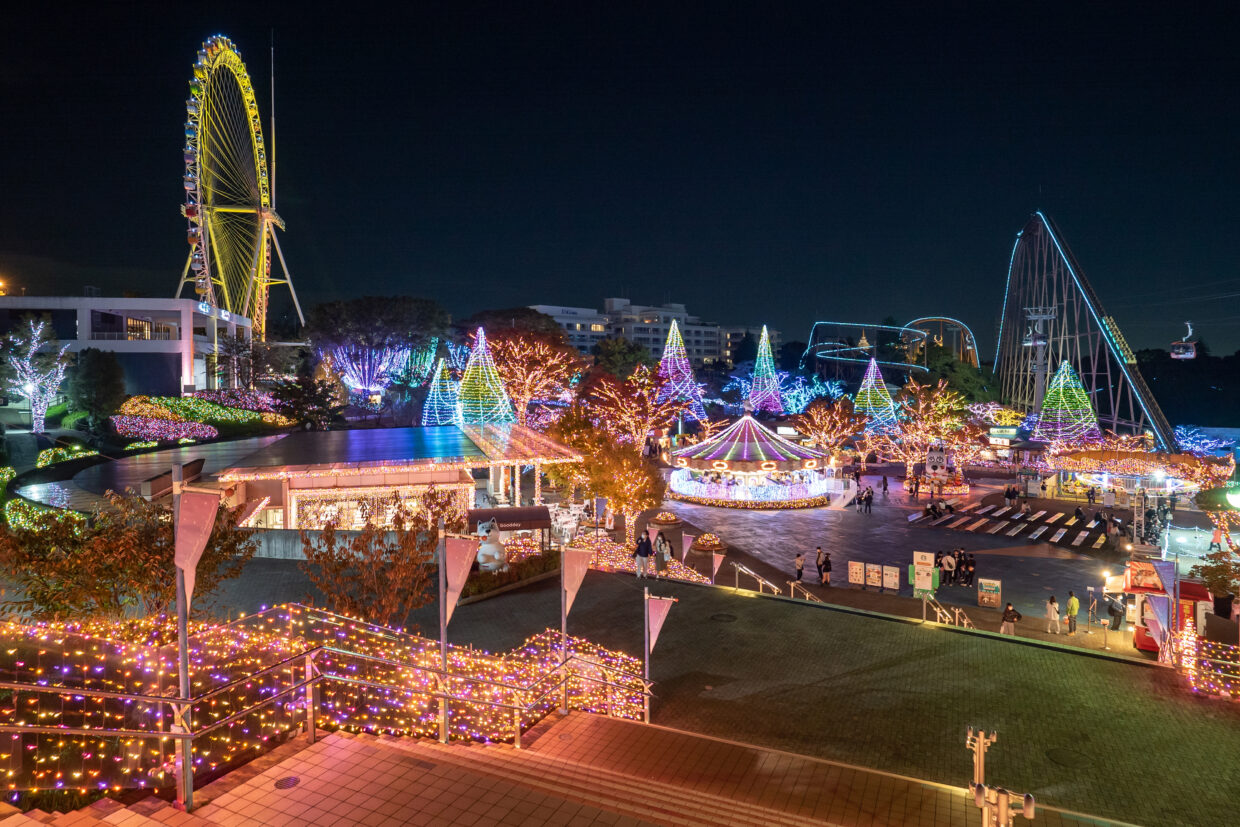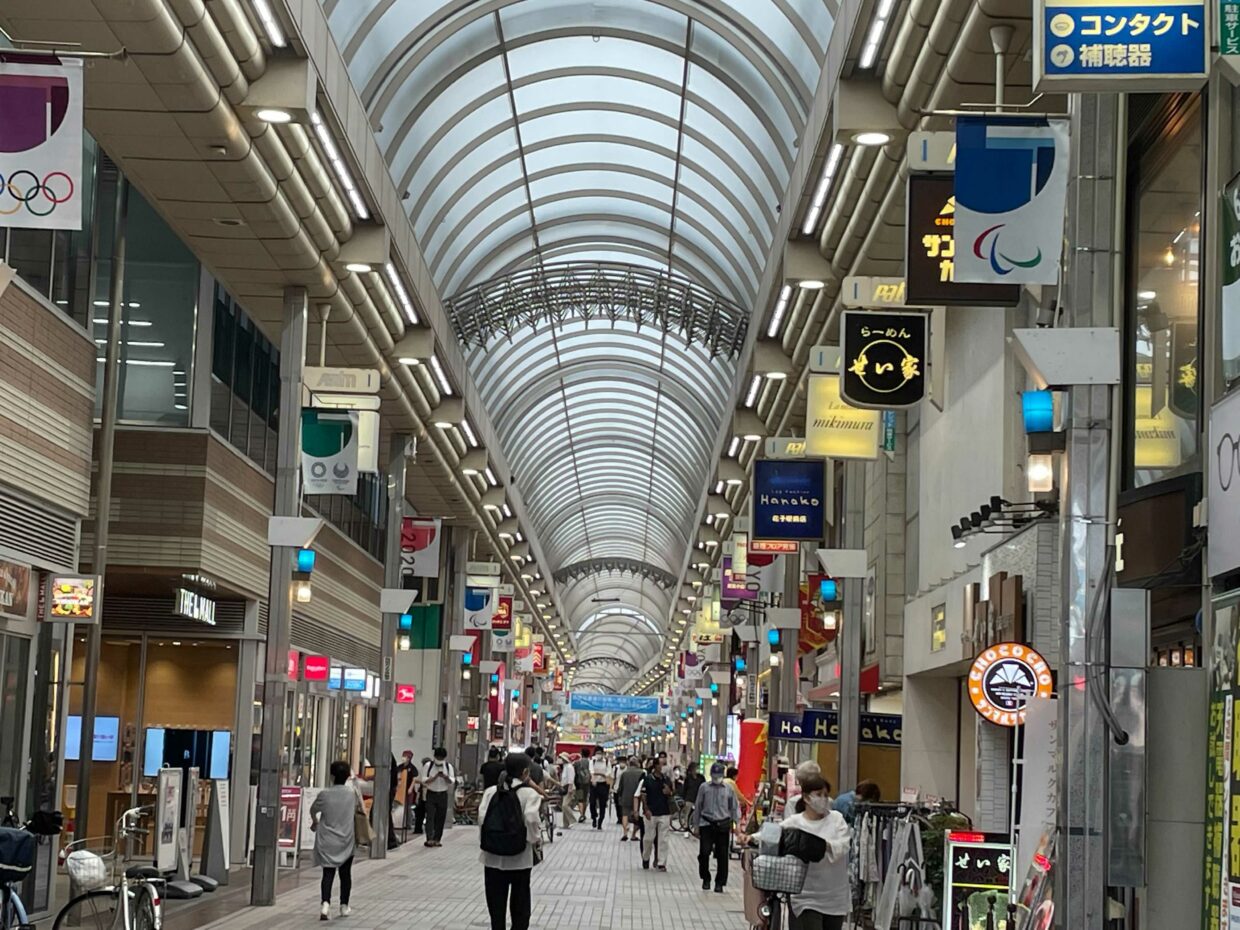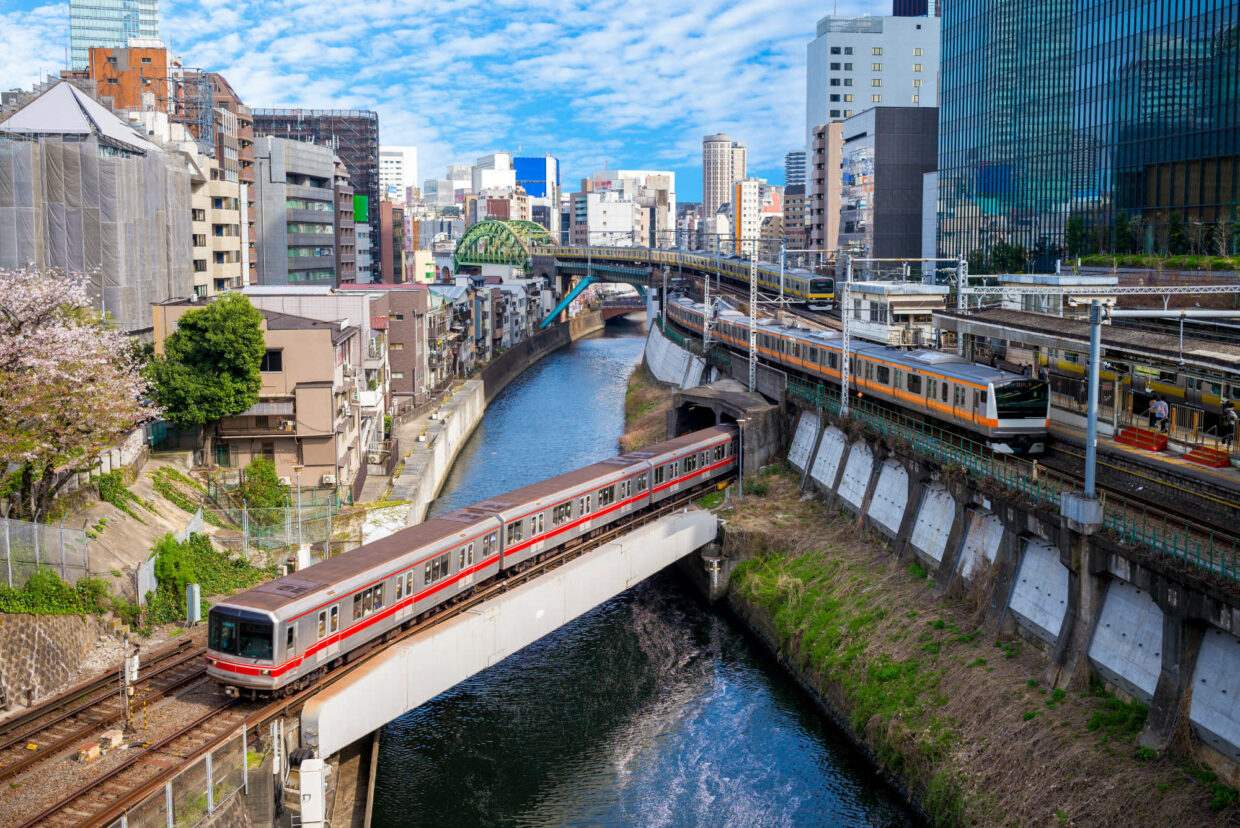Winter in Japan can be pretty rough but it should not stop you from traveling here during this time of the year. Tokyo alone has plenty of things to do and to offer. Here is just a short sample of all the things to do in Tokyo during the winter season of 2022-23.
Tokyo Mega Illumination
For the past 2 years, Tokyo Mega Illumination was named the best illumination in Tokyo. The location is Oi Racecourse. The event is been held every day but only for a limited period of time. Make sure to visit all the illuminated areas such as a big fountain at the entrance, a huge field of artificial wisteria trees, and more. As the event takes place at a real racecourse, you can even pet and take photos with the real horses.
Saturday, 15 October 2022 – Monday, 9 January 2023, 16:30-21:00.
Adults: 800-1,500 yen, children: 400-800 yen.
Yumiuriland Jewellumination
Yumiuriland is an amusement park famous for its out-of-this-world illumination created by a famous light-designer Motoko Ishii. As you could guess, Jewellumination stands for “Jewel” and “illumination”. Literally, millions of colorful LED lights are set up throughout the vast theme park evoking sparkling lights that look like lucrative pieces of jewelry. A theme for this year is “LIGHT IS HAPPINESS!” The highlights of this festival will include a giant illuminated Ferriss wheel that resembles sunrise and a plaza area decorated in a shape of a horseshoe which is known to be a lucky charm.
Thursday, 20 October 2022 – Sunday, 9 April 2023.
Adults: 1,800-5,800 yen.
Midtown Ice Rink
The ice rink in Midtown Roppongi is one of the biggest ice rinks in Tokyo. It is open every day from morning until late evening. So if you go there after 5 PM, you can also enjoy beautiful illumination. Plus beside the rink, there is a nice lounge area with drinks and food. You can check it out before or after skating.
Thursday, 17 November 2022 – Sunday, 26 February 2023.
Adults: 2,100-2,500 yen, children: 1,600-2,000 yen.
Oji Fox Parade
According to a legend, in the place where Tokyo stands now, foxes from all over the region used to gather on New Year’s night. Later this legend turned into an ukiyo-e print and many years after that even into a real-life parade. Now it is an annual event that starts on December 31st and where the participants are wearing fox masks and holding lanterns representing life and hope. The parade ends past midnight at Oji Inari shrine, where the participants perform their first shrine visit of the year known as “Hatsumode”.
Details to be confirmed.
Chinese Spring Festival
Chinese spring festival also known as the Lunar New Year is probably the most important celebration in China, Hong Kong, and some other countries. However, you do not need to travel overseas to get into the festive mood. Instead, you can simply visit Chinatown in Yokohama. The festival will last for about two weeks, with some highlights such as the Lion dance performed by the members of a Kong-Fu club.
Dates to be confirmed. Entry free.
Miura Kaigan Cherry Blossom Festival
Miura Kaigan cherry blossom festival is happing in late February-early March. It features Kawazu-zakura trees which are known for blooming earlier than the other kinds of sakura. There are approximately 1000 trees planted along the railroad and they all bloom at the same time which creates absolutely breathtaking scenery. In the evening the trees are lithed up which once again creates an amazing atmosphere and views. Besides the trees, during the festival period, you will find here many vendors selling typical Japanese street food such as yakisoba and baked potatoes with various toppings. Alcohol is also sold and it is a good opportunity to try Miura’s famous radish-based shochu.
Miurakaigan station. Entry is free.
Strawberry Picking at Niikura Noen
Winter is a strawberry season in Japan. You can find strawberries in all kinds of shapes and flavors. If you love this fruit as much as the Japanese do, we highly recommend going picking strawberries at one of the many locations in the country. for example, you can visit Niikura Noen which is a family farm for strawberries and blueberries. It is easily accessible from central Tokyo. Another reason this location is recommended is that here you have a time limit for how long you can pick up the strawberries, so you can do it in your path.
Reservation required. Check their calendar for the available dates. 300 yen (+tax) for every 100 grams.
Picasso and His Time Exhibition
Come to see a selection of masterpiece works from The Museum Berggruen at the National Museum of Modern Art in Ueno. About half of all works are created by Picasso himself and will be exhibited in Japan for the first time. Remember to put closer attention not only to the paintings themselves but also to their frames. When Berggruen was making his collection, he put a great effort to select only the works with unique frames.
Saturday, 8 October 2022 – Sunday, 22 January 2023
Adults: 2,100 yen, college students 1,500 yen, high school students 1,100 yen.
Also, check out our guide to the best things to do in Japan during winter.










